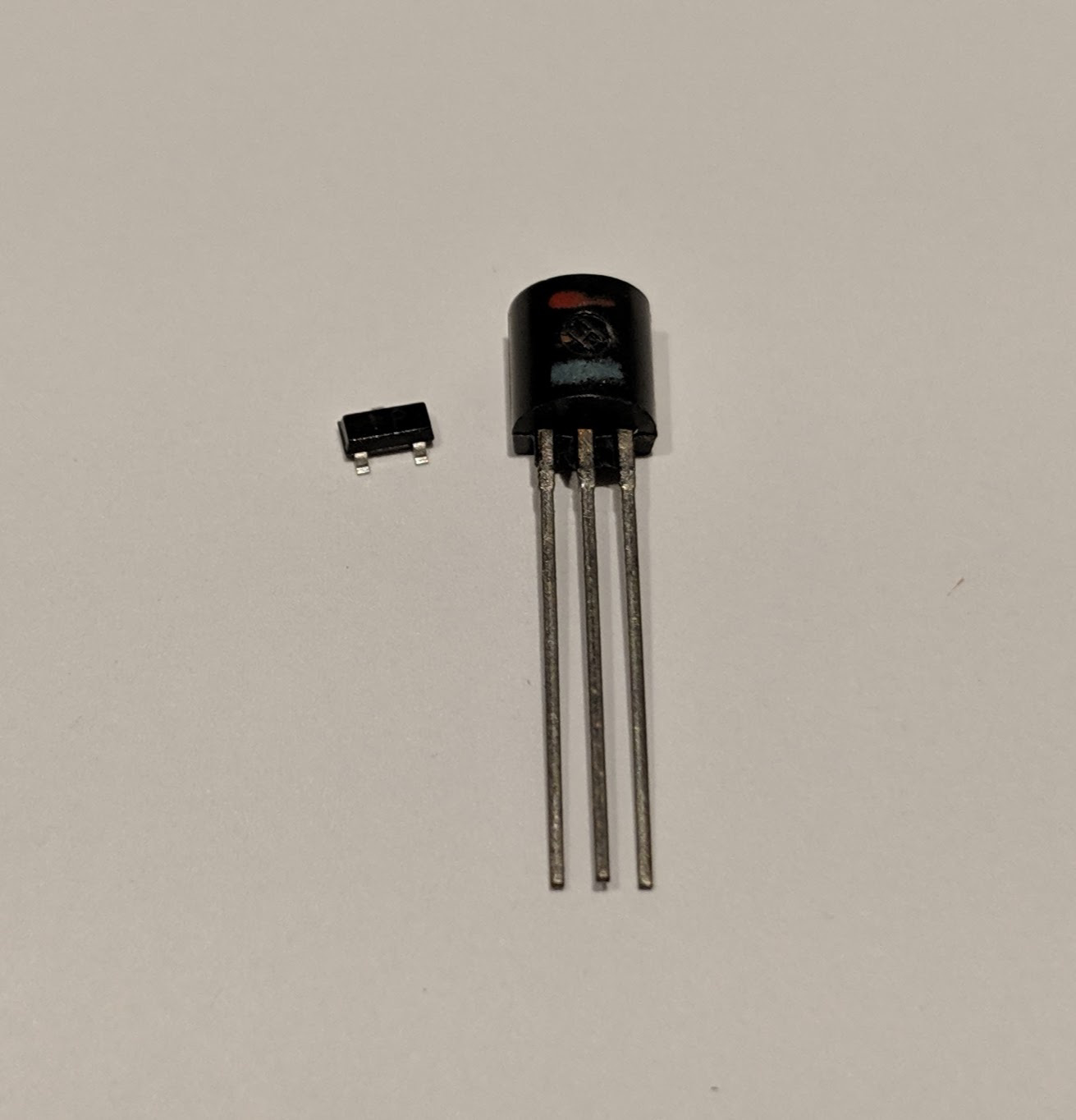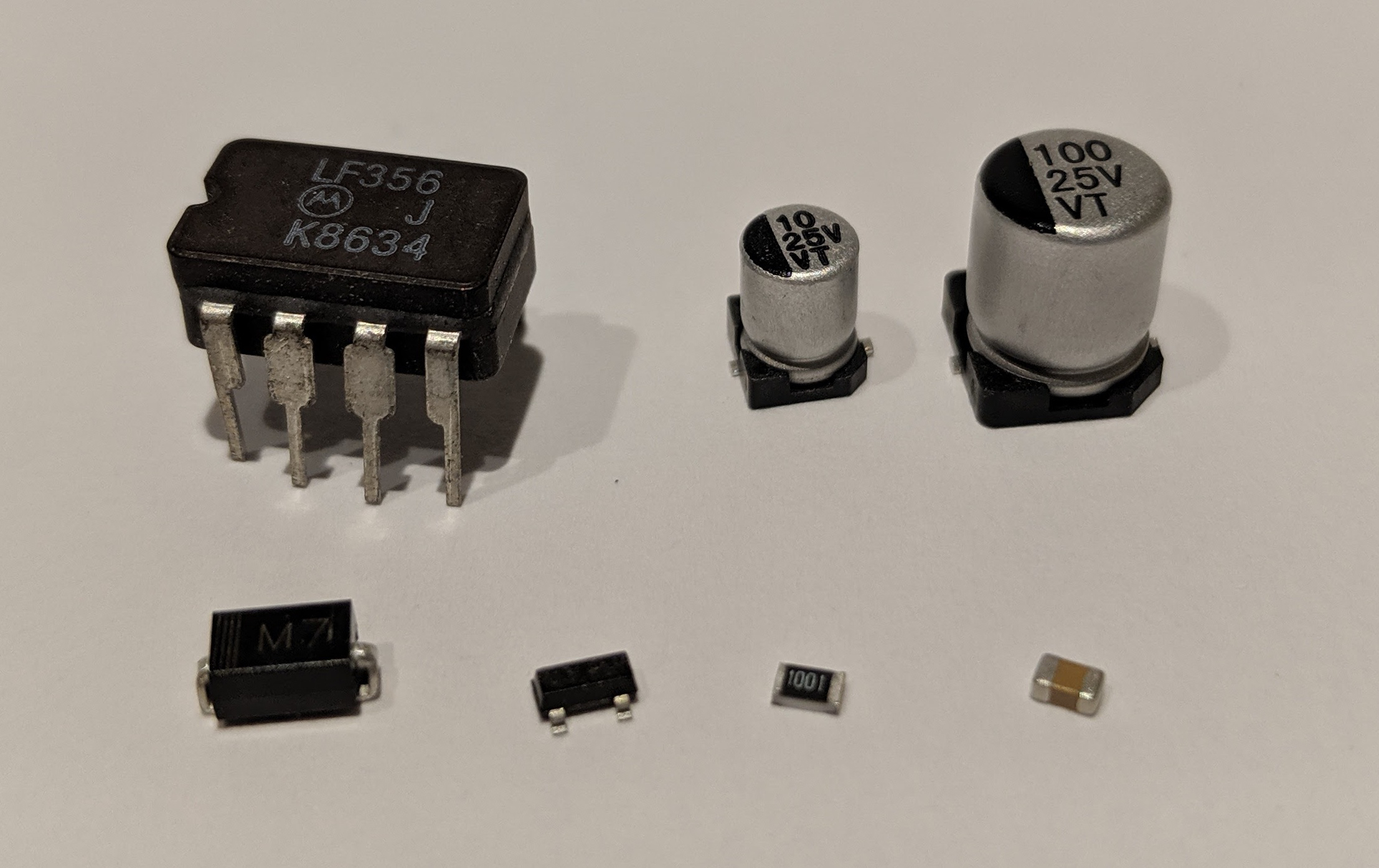Soldering
This community is for electronic hobbyists to discuss projects and is focused on soldering. Everyone is welcome from the noob to people who have been soldering as a hobby for decades to people who solder professionally. We'll talk about materials and techniques, equipment, and projects. Everyone is welcome. All questions are welcome. Post photos and ask for help.
RULES:
-
All Lemmy.ca rules apply here.
-
Everyone (see rule 98) is welcome.
-
If you’ve seen a question 100 times answer it the 101st time or ignore it. Even better, write a complete, detailed answer and suggest that the mod(s) pin it to the community.
[Did you actually think there were 98 rules?]
-
If you present something as fact and are asked to provide proof or a source provide proof or a source. Proof must be from a reliable source. If you fail to provide proof or a source your post or comment may be removed.
-
Don’t be a dick. Yes, this is a catch-all rule.
-
The mod(s) have the final say.
view the rest of the comments


It is harder for a beginner with a $10 soldering iron from the local hardware store than it was when I started 45 years ago. Most people don't start with hot plates or reflow ovens or hot air.
True. I mean you can still find most parts that you used 45 years ago, but making it small and using modern parts might require some new tools. You can get a tiny hot plate on Ali for cheap, but I'm not sure how good it is. There are people utilizing cheap irons as well.
Are there good instructions out there for people using cheap irons to solder these small components? How does one get into soldering now with a hot plate vs hand iron considering that these components have a much higher learning curve than the older larger parts ?
If you want to do really low investment hot plate soldering, some solder paste, good tweezers and a frying pan with some sand in it is probably good. Just keep an eye on it while heating, and stop when the solder melts